EPA trends report finds MY 2021 fuel economy remained flat at a record high while CO2 levels hit new low
Green Car Congress
DECEMBER 13, 2022
The report also shows all 14 large automotive manufacturers achieved compliance with the Light-duty Greenhouse Gas (GHG) standards through at least MY2020. miles per gallon (mpg), and new vehicle real-world CO 2 emissions fell by 2 g/mi to a record low of 347 grams per mile (g/mi). Estimated real-world fuel economy and CO 2 emissions.

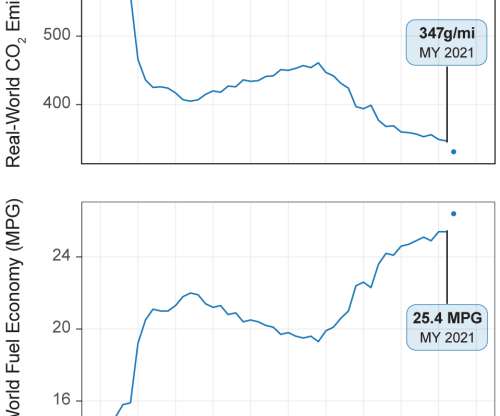




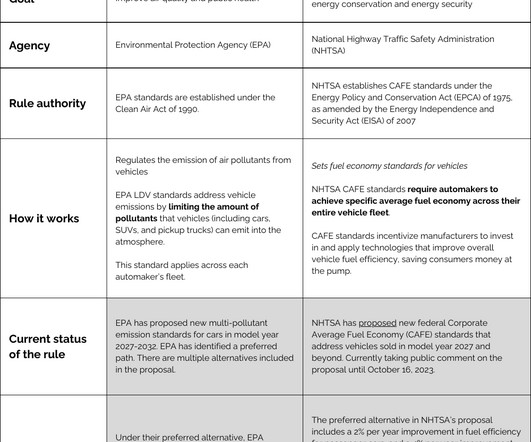





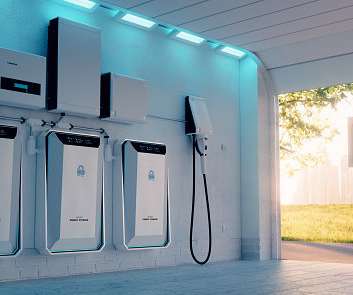










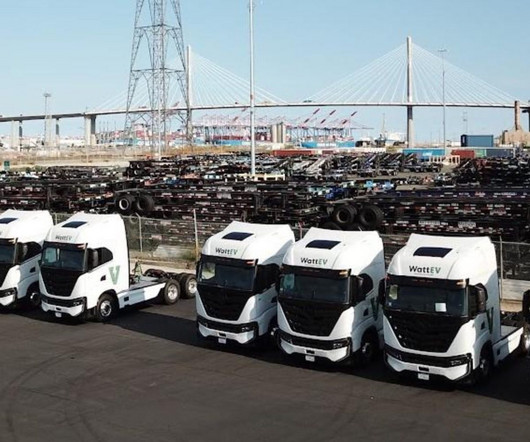






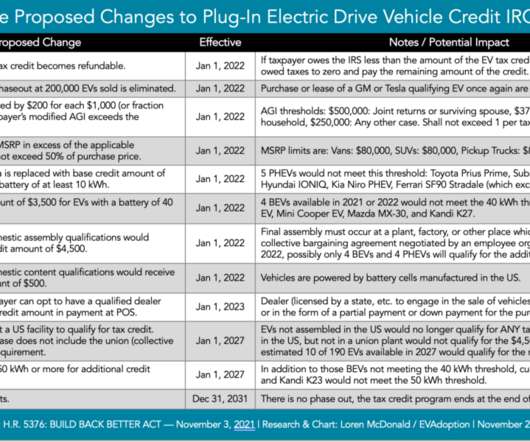
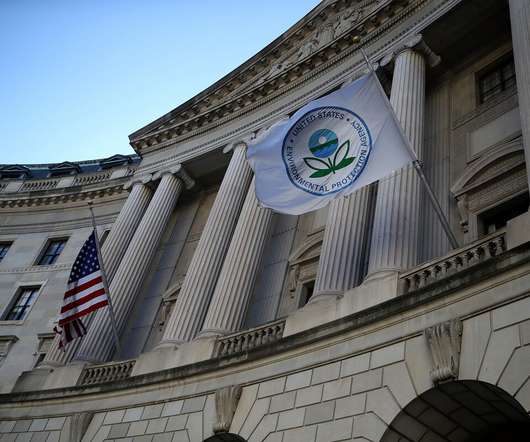






Let's personalize your content